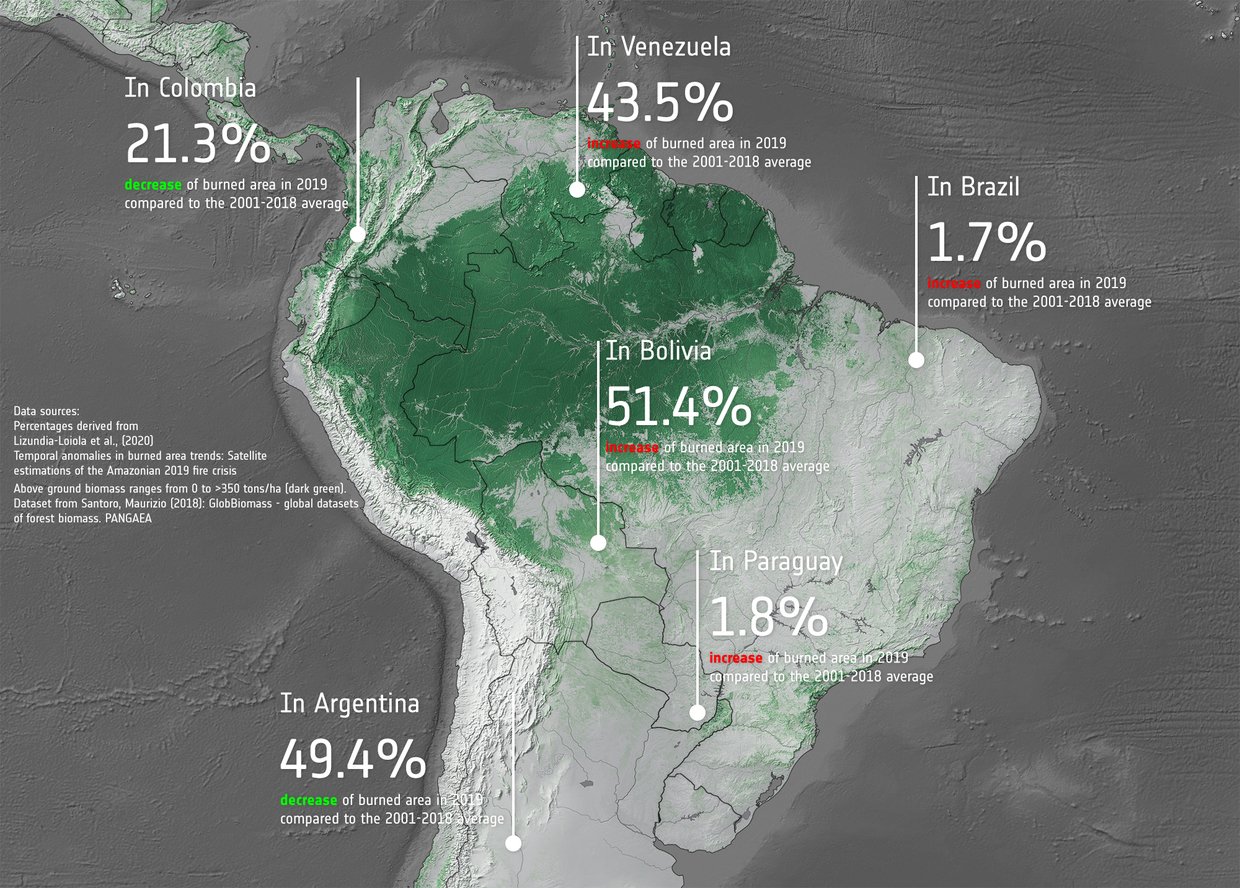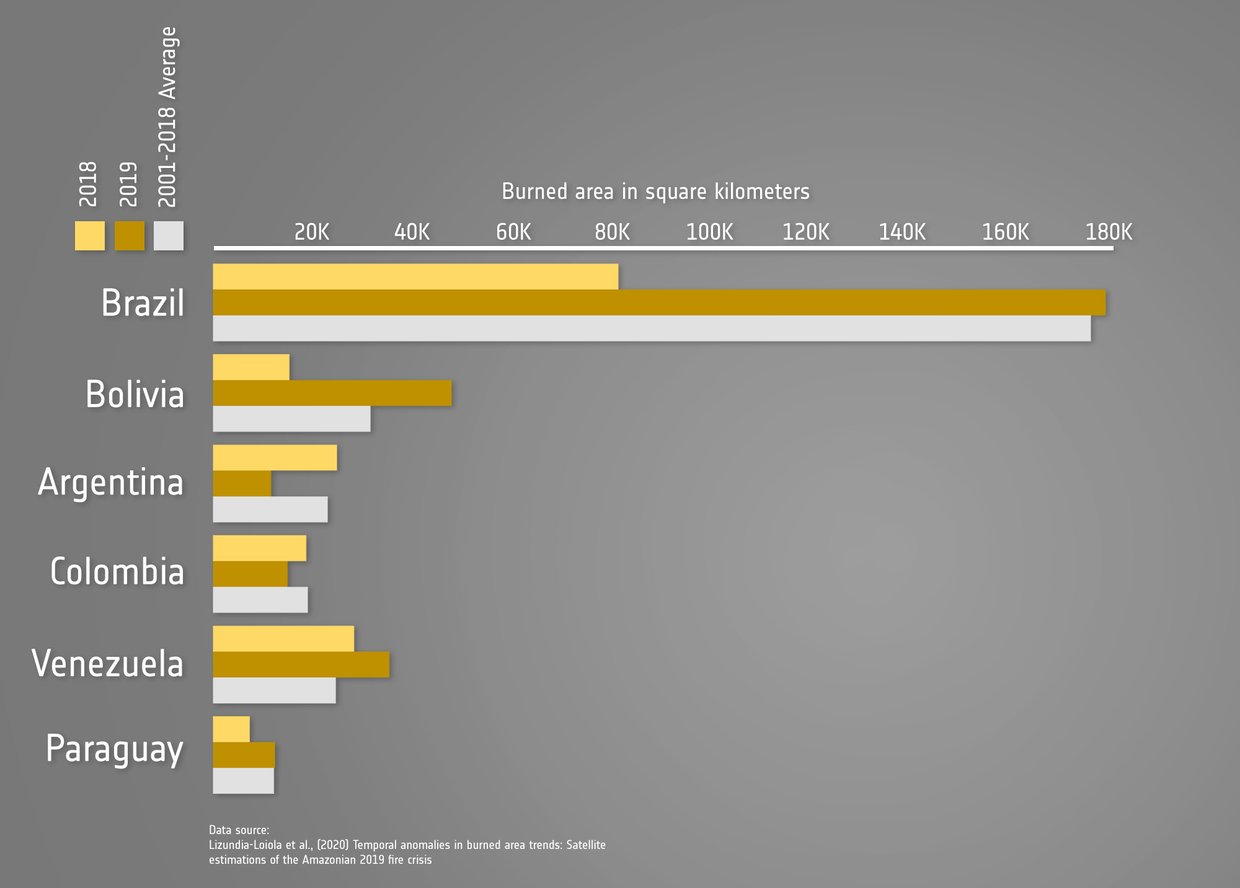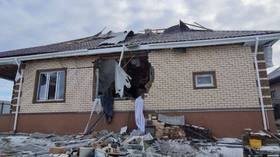Amazon burning in 2019 was bad, but nowhere near as apocalyptic as MSM would have us believe
Despite a media furor over the widespread burning of Amazon rainforest in 2019, the latest analysis by the ESA’s Fire CCI project reveals that the total number of fires in the Amazon was only slightly above the long-term average.
Far from the apocalyptic headlines depicted in the mainstream media frenzy, it appears that the Amazon may not be doomed just yet. While there was a small increase year-on-year between 2018 and 2019, the number of fires in relation to the national average over two decades was only slightly up.
Changes in climate conditions, regulations as well pre-existing deforestation and degradation all play a role in how prolific the Amazonian fires will be in any given year.
Also on rt.com World is literally a greener place than it was 20 years ago, according to NASA dataAccording to a recent paper published in the Remote Sensing journal, the Amazon saw some of the smallest increases in burned area compared with the yearly average.
The ESA's Fire Climate Change Initiative or CCI project analyzed burns across South America in both 2018 and 2019 and compared them to the yearly average data available from 2001 to 2018. The total area burned across South America was 70 percent higher in 2019 than the previous year, but only slightly above the average of the preceding 17 years.

While obviously still cause for concern, Brazil’s total burn area in 2019 was only 1.7 percent higher than the long-term average, despite all of the breathless and apocalyptic headlines.
Meanwhile Bolivia and Argentina saw increases of 51.4 percent and 49.4 percent respectively, compared to their yearly averages.

“Studies such as these are important to quantify and monitor fire activities in places such as the Amazon. However, they indicate the importance of long-term data series and studies using higher resolution sensors, such as the Copernicus Sentinel-2 multispectral instrument, to detect fires,” says Emilio Chuvieco, science leader of the Fire CCI project.
The ESA’s Fire CCI project takes a longer-term approach to issues like historical burning, fire management in general as well as to emissions analysis, to better establish and understand trends rather than focusing on localized, short-term events.
Like this story? Share it with a friend!














